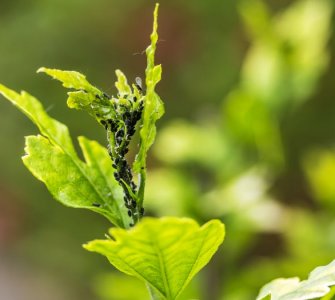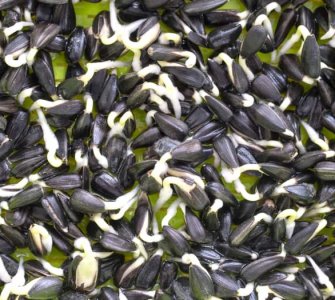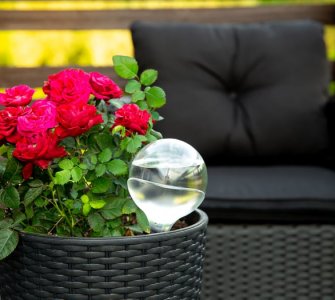Growing plants is a lot like baking a cake. You must have all the ingredients available, put everything together correctly, and then wait for the results. The trick is knowing how to get the mix right. Add the right amount of light, humidity, water, soil, and fertilizer, and put everything at the correct temperature, and you will see your plants grow to their full potential.
To make plants grow faster, replicate their natural growing conditions. It can help to add LED grow lights, fertilize using a liquid fertilizer, check the watering schedule, and prune regularly. Many plants grow significantly faster if grown hydroponically.
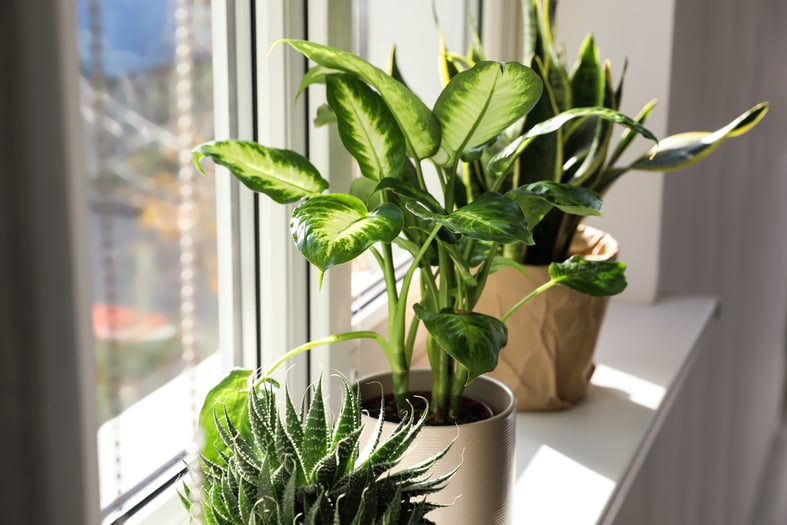
You don’t need green fingers to make your plants grow faster. You just need a few special gardening tricks up your sleeve to give your plants the edge they need to thrive.
Table of Contents
How Do You Make Plants Grow Faster?
To get plants to grow faster, recreate their ideal growing conditions. Some need lots of light; others need indirect light. Some grow when it is warm, and others persist even when the temperatures are cool.
Let’s look at seven tested strategies to get your plants growing at maximum speed.
1. Get Plant Fast Growing Plants
The first thing to remember is that not all plants grow at the same rate. So, while you may be able to quickly grow microgreens or lettuce within a few weeks, getting your air plant to grow at the same pace is impossible. Like the tortoise and the hare, some plants just take their time no matter how much attention you give them.
We have all heard the phrase ‘grows like a weed’ because, somehow, weeds often have an almost unnatural ability to outstrip the growth rate of desirable plants. Fortunately, I learned a few weeks ago that not all weeds are bad, and many are quite useful in outside settings.
If you have an area like a tropical corner or a garden room that you want to fill with lush plant growth as quickly as possible, you may be wondering what to choose. Here are some excellent options for fast growers that can quickly fill gaps:
- English Ivy – only grow this inside where you can keep it under control, as it is a prolific grower that can take over outside.
- Spider plant
- Pothos
- Asparagus Fern
- Arrowhead vine
- Aloe vera – Never incredibly fast, but one of the fastest-growing succulents.
- Herbs – many herbs, including cilantro and mint, are plants that grow fast.
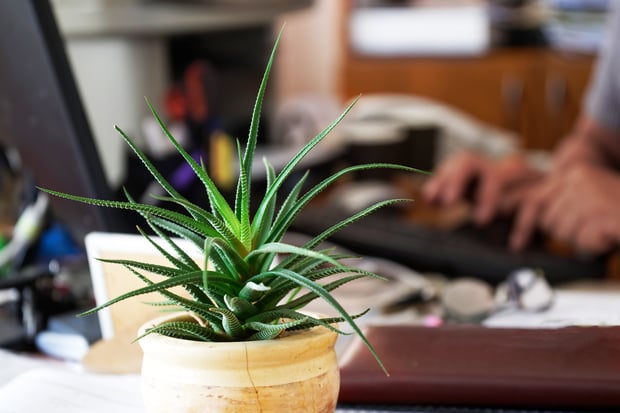
2. Replicate The Plants Natural Environment
The best way to get plants to grow at their own maximum pace is to replicate their natural conditions as closely as possible. Plants adapted to specific regions in the world long before they became houseplants, so they naturally prefer conditions that are most similar to where they originated.
Trying to get a cactus to grow quickly in a tropical garden or a fern to grow in a rock garden would be a disaster. Match your plant’s environment as closely as possible to the amount of sunlight, humidity, and temperature it has adapted for.
3. Add Grow Lights
Plants need light to photosynthesize and produce energy to grow. Some plants need less light than others, but unless you are growing fungus, all plants need a good light source.
Getting indoor plants to grow faster can be challenging if you don’t have a lot of sunny windows. Modern technology has come to the rescue, and indoor gardeners can add grow lights that will get sun-loving plants thriving, even in the darkest corners of the house.
LED grow lights are the best option since they emit very little heat. That means there isn’t much chance of frazzling your poor plant as you encourage it to grow bigger, and even if it does touch the bulb, it will be okay!
4. Fertilize On Time
Fertilizers are often a grey area for gardeners. Too much and plants can die from a build-up of salts and other minerals in the soil; too little, we feel like bad plant parents.
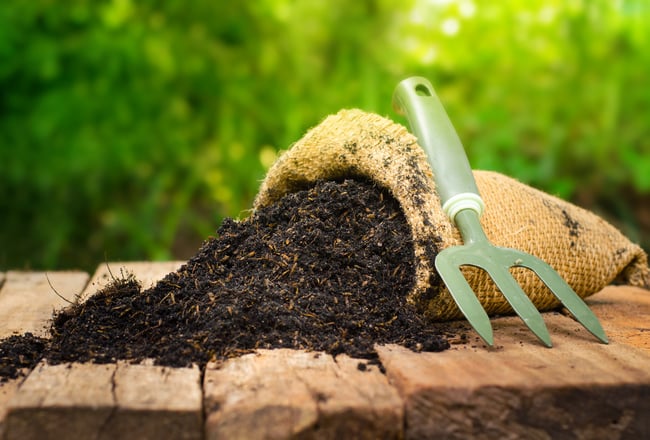
The truth is that adding a natural liquid fertilizer, like compost tea, to your plants during the growing season can give them a helpful dose of nutrients that may result in a growth spurt. Remember that while using a homemade natural fertilizer may be less harsh than an inorganic mix, you also can’t be as sure of how much of each element you are feeding.
Create a fertilizing schedule for your plants so you don’t accidentally overfertilize when the plant is naturally going into a dormancy phase. Even beautiful roses need a break occasionally for some beauty rest.
5. Water Enough, But Not Too Much
Some plants, like the ever-popular snake plant, thrive on neglect and very little water. Others, like monstera, require regular watering so they don’t dry out. Plants need water to make nutrients and minerals accessible to the roots and carry them throughout the plant.
Watering no longer has to be a tricky process. If (like me) you know you are guilty of frequent overwatering, it may be time for a watering aid, like a self-watering pot or a self-watering globe. That way, thirsty plants can draw moisture from the reservoir as they require it, which takes the guesswork out of watering.

Far more houseplants are killed from overwatering than underwatering, so be sure to provide enough water, but remember, more water does not necessarily equal faster growth. It could just spell root rot which is often fatal.
6. Prune And Deadhead Regularly
Cutting your plants back at the end of the season may feel like you are making your plants smaller instead of bigger, but regular pruning is a great way to encourage vigorous growth. Leaving old spindly branches or thin stems wastes a plant’s energy which could be directed to new, healthy growth.
According to UGA Extension, pruning invigorates plants. Removing the dominant shoot encourages lateral shoots to emerge around the cut. This makes the plant look thicker, and in the case of roses, it’s also a great way to shape your plants ahead of the next season.
A few weeks ago, I discussed the benefits of deadheading roses. Like pruning, this is a simple process of removing spent blooms, so the plant redirects its energy back to growing rather than creating seeds. To get your plants to grow faster, remove any scraggly or discolored growth and focus on healthy parts of the plant.
7. Consider Growing Hydroponically
If you have tried all the other suggestions and your kitchen herb garden still isn’t growing fast enough, it may be time to invest in a hydroponic growing system. These uncomplicated kits come with everything you need to create luscious growth at record speed.
Well-maintained hydroponic systems with grow lights are the fastest way to grow many plants, especially leafy greens and herbs. In summer, some excellent choices for fast-growing plants well-suited for a hydroponic environment are tomatoes, peppers, strawberries, and peppers. When growing hydroponically, keep in mind that there is no soil to anchor plants, so the container needs to provide enough support. You can even set up your own small, hydroponic system using any container and liquid fertilizer – just be sure to choose plants that can grow in water.
